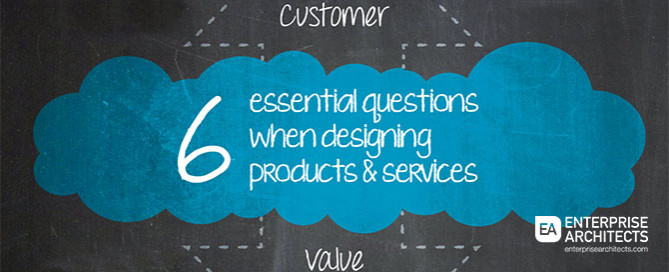When I discuss business issues with the C-suite I often find they are deeply concerned with a disconnect between strategy and execution. In my experience this fragmentation and loss of coherency boils down to a single problem: poor communication. Not just a shortcoming in verbal communication but inconsistency in how different parts of the organisation describe issues and relationships within and beyond their business domains and accountabilities.
Capability Based Planning… and Grass
Is it possible to explore aspects of capability-based planning using out of control grass? As it happens, I’d like to establish a small but effective farm – but what’s that got to do with the price of tea in China you may well ask.
Getting Started with a Capability Model
One of my art teachers regularly commented that making the first brush mark on an empty canvas should not be rushed and that it requires consideration as it will form the foundational reference for any subsequent brush marks. Analogous to this is where to place the first process symbol on the empty ‘process canvas’. Some start with all the stakeholders in a room and after a number of iterations (and some heated arguments), believe they have found the common ground and proceed from there with the process development effort. After a lot of effort and stakeholder time spent on its development it is found that these processes are incomplete, do not fully address the particular business area and cross multiple capability boundaries.
What’s Under the Hood of Digital Capability?
It’s everywhere, people swiping and tapping on smartphones doing all number of wondrous things, from paying bills in real-time, ordering cut-price designer clothes, to working out the most cost effective way to arrive in Zanzibar via Rio. This is where the myth begins, where your average punter believes they cannot live without their smartphone and all its wonders. The reality, however, is that the phone is just a digital portal. It’s a small cog in a digital machine where the big cogs in the background are actually responsible for all the smarts.
Cloud? – Just Let the Business Decide!
The other day I was discussing matters of cloud strategy and adoption with a major client. Quite proudly the chief architect tabled a recently produced cloud policy document. Authored by a reputable global consultancy it well exceeded the thud test and gave all the impression of a bespoke policy.
The Open Group APAC Conference Highlights
Well the dust has settled now with the conclusion of The Open Group ‘Enterprise Transformation’ Conference held in Sydney, Australia for the first time on April 15-20. Enterprise Architects is proud to have been recognised at the event by The Open Group as being pivotal in the success of this event. A number of our clients including
6 Essential Questions to ask when Designing Products and Services
How to identify which customer needs, if serviced, will provide value to your customer AND to your business
Organisations striving to be customer centric, at some point in time, will be faced with the task of identifying customer needs that must be serviced in order for the business to grow and out do their competitors. If you have a long customer needs ‘wish list’, the biggest challenge is justifying which feature is worth implementing and will provide the highest value to your customer and your business.
Why Spend Money on EA When Budgets are Tight?
I’m often asked, by both business and technology stakeholders, why they should spend money on enterprise architecture when their budgets are already too tight. A common reaction to budget cuts is to drop strategic work in favour of diverting funds to operational activities. Many fail to recognise that this is the time when a clear enterprise view of the organisation is vitally important. Although a large architecture program may not be appropriate, you may have to invest some money to avoid wasting significant money on poor decisions.



















